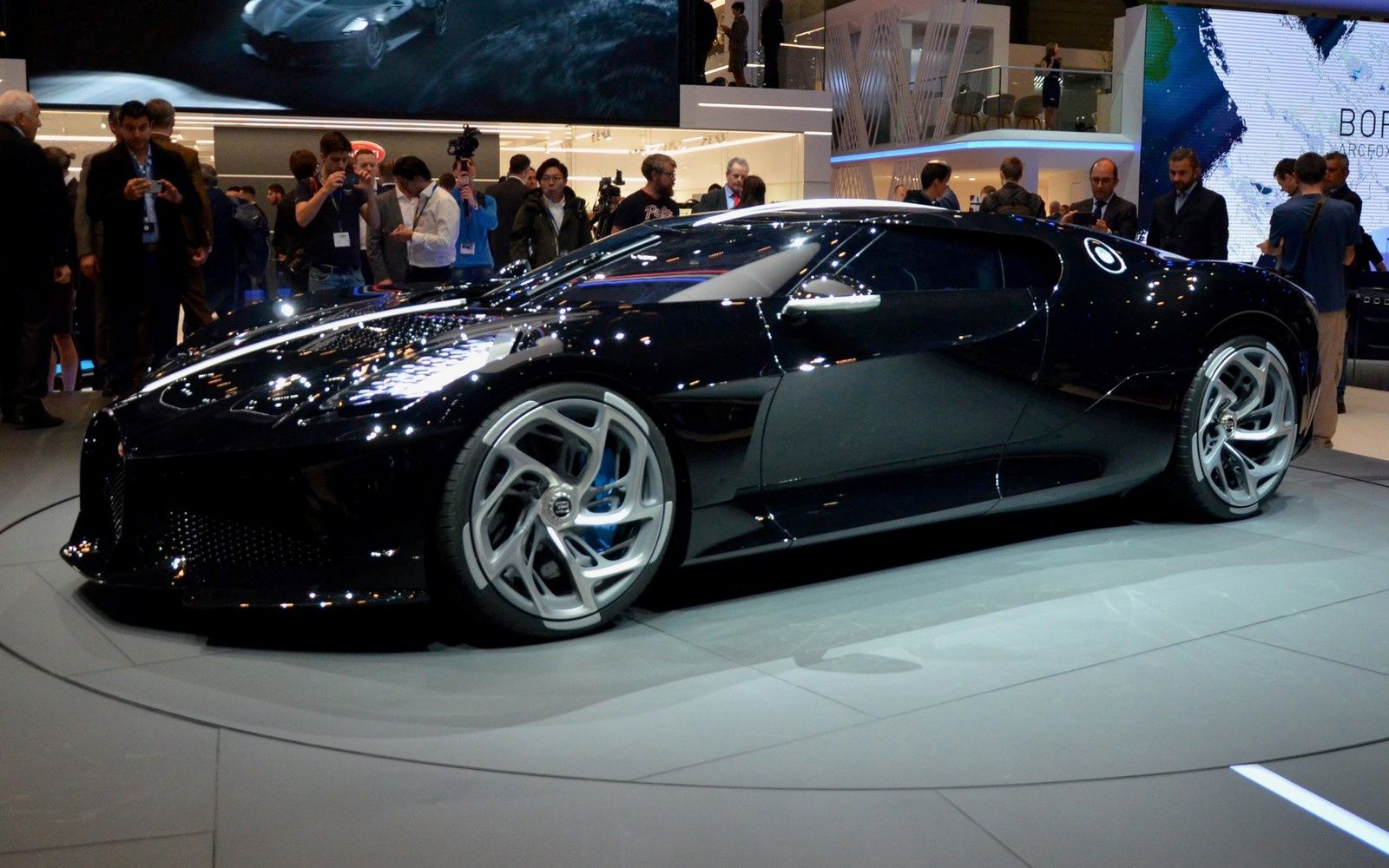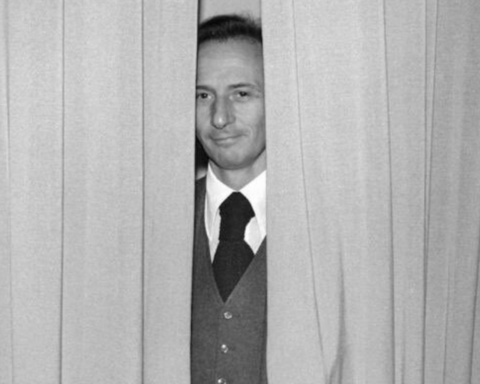[vc_row njt-role-user-roles=”administrator,armember”][vc_column][vc_column_text]
French manufacturers are struggling to develop new premium models like their German competitors BMW or Mercedes. Renault and Peugeot, at the top of the French rankings, are chess after chess. and are struggling to regain the pre-war top-of-the-range trend lost over time.
France has not succeeded for years in developing its top-of-the-range automobile industry.
Since Citroën’s DS model was released in 1955, which at the time reflected French premium and marked the country’s presidential history, no other model has since dethroned its place.
Many of the famous brands of the time gradually disappeared after the war in 1945, such as Bugatti, Delage and Talbot. Sporty and very elegant bodies dominated the market at that time, one of the most beautiful periods for the French automobile. The other mid-range manufacturers were unable to continue their work due to a lack of ambition and know-how. Moreover, the 1973 oil shock did not help matters and pushed manufacturers to continue in the small and mid-range segment until today, also known as the “modest” premium.
Car shows continue to present the old flagship models from the pre-war era that reigned on the market, but also the new French models eagerly awaited by car lovers in search of this lost top-of-the-range.
The latest premium models that will be remembered trying to keep their heads above water are the Citroën C6, the Peugeot 607 and the Renault Vel Satis: “It’s hard not to mention the Renault Vel Satis and its improbable design”, “We barely managed to sell 10% of the expected volume, the losses were abyssal” said a former Renault employee.
Today, the models that best represent this French top-of-the-line are the Renault Talisman and the Peugeot 508.
Even if the models do not yet reach the prestige car segment, nevertheless both French brands manage to stand out on it. However, there is still a long way to go, as these cars with only 200 hp do not yet match the standing of the German cars, which put all the engine power on the rear wheels or on all four wheels, unlike the French ones, which transmit everything to the front wheels and therefore provide much less power.
French manufacturers are criticized for being too modest both in the design of new models and in the car’s performance and technological innovation. The current ranges do not yet meet these high-end codes and deprive them of the status they could have. France is much compared to its German competitor, particularly in the premium and mid-range ranges, which offer models that are widely developed and innovative long before the arrival of new market trends.
Nevertheless, French carmakers continue to fight against the German giants Audi, BMW and Mercedes to win back the market. According to experts, the French high-end segment could at best reach one third of the industry’s profits, whereas this segment currently accounts for only 10% of worldwide sales.
However, France is now the world’s number one market for luxury goods and leaves market specialists incomprehensible, as they note that the automobile industry is still only in the mid-range segment at the moment.
Read also > LUXURY CAR : MERCEDES-BENZ IS BANKING ON LUXURY AND ELECTRIC CARS
Featured photo: © Peugeot[/vc_column_text][/vc_column][/vc_row]










